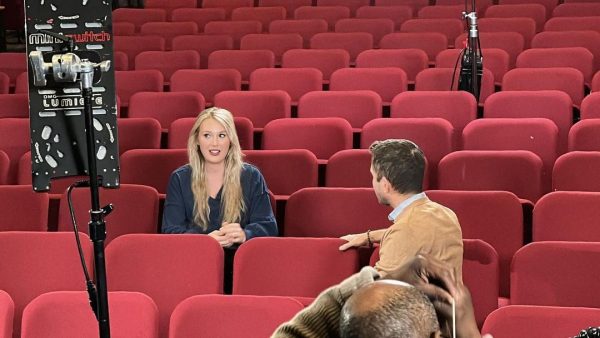How Are Students Adjusting to Daylight Savings Time?
As the winter season approaches, many countries around the world are setting their clocks back as Daylight Savings time comes to an end. Students and staff here at Annandale are making adjustments to the lost sunlight.
Daylight Saving Time, which ended on Sunday, Nov. 6, was introduced during World War I as a way to preserve energy. Although it was abolished after the war, the US still uses Daylight Savings Time.
Studies have shown that turning the clocks back has led to increases in seasonal depression among students.
Sophomore Alison Rodas said, “During the winter, everything just seems more emotionally draining because it’s pitch black by 5:00 and the weather is miserable.”
“When it gets darker earlier, I get more tired and I don’t have the energy to do my work,” sophomore Katherine Escobar-Garcia says.
When Daylight Savings Time ends, the sun sets at an earlier time in the afternoon. This has limited a lot of students’ ability to do activities after school and on the weekends.
“Since I have to be home by the time it gets dark, I don’t have the time I usually have to hang out with my friends and have fun,” sophomore Kimberly Gonzalez said.
But it seems to be likely that the U.S. may get rid of Daylight Saving Time altogether.
Earlier this year, the Senate unanimously passed the Sunshine Protection Act, which would eliminate the need to adjust the clocks twice a year. Although it hasn’t passed in the House of Representatives, many representatives have shown support towards the bill.
Daylight Saving Time begins next year on Sunday, March 12 at 2:00 AM.

Junior Emanuel Molla is in his second year of working with The A-Blast. He currently works as the Health editor and he's previously worked as a staff writer...






